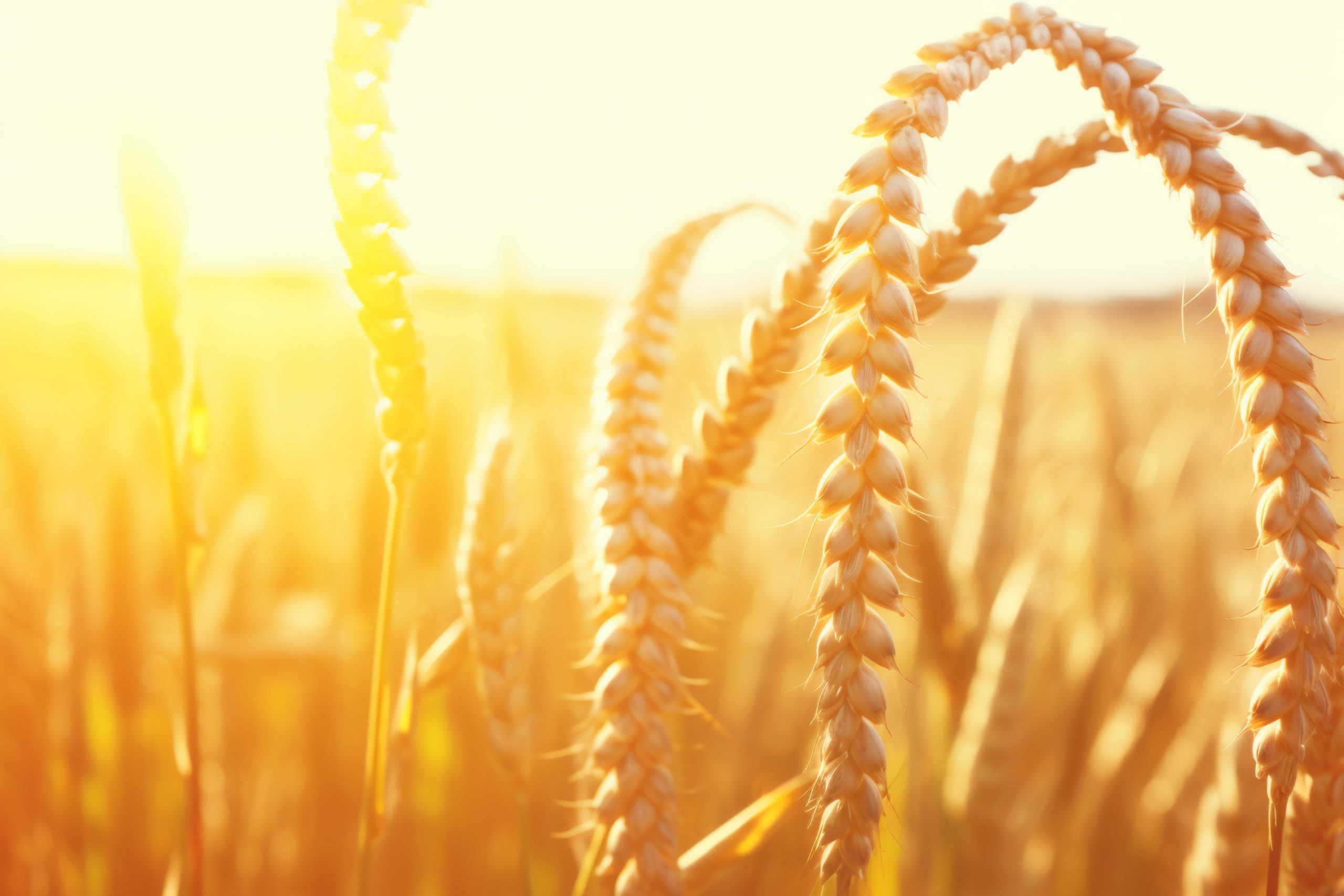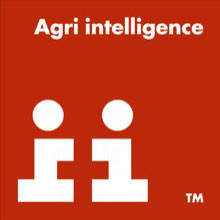
Agrii Seed Technical Manager
Part of Agrii’s regional network of farm strip trials, this season’s wheat and barley plots at Lower Eggbeer are highlighting the increasingly viable genetic barley yellow dwarf virus (BYDV) defences now becoming available to UK growers as well as how devastating the virus can be.
“We know BYDV can halve wheat and barley yields,” notes Agrii seed technical manager, David Leaper.
“The risk of serious losses has become much greater with the loss of Redigo Deter. And milder winters and increasing pressures to avoid insecticide spraying wherever possible aren’t helping either.
“RGT Grouse stood out as lush, green and uniform in our plots while the other 23 wheat varieties all showed classic BYDV symptoms; the more vigorous and growthy ones amongst them being particularly severely infected. Our trials last year highlighted RGT Grouse’s poor yellow rust, brown rust and Septoria resistance ratings as well as its relatively weak straw. So, it will never pass muster in a non-BYDV environment.
“However, its combination of highly-effective BYDV and orange wheat blossom midge (OWBM) resistance is definitely appealing to some growers; especially those with less accessible land away from the main farm and/or wishing to avoid insecticide spraying – for which there is now, of course, a Sustainable Farming Incentive (SFI) payment.
“While Gensurus wheats may have some way to go for many, it’s important we don’t under-estimate the value of what RGT Grouse already offers,” Mr Leaper stresses. “A bit like clubroot in oilseed rape, I suppose, in high-risk situations a decent genetic defence has to be the first priority. It will be very interesting to see how the variety performs overall in our wider national trialling as well as where BYDV has been problematic.”
The fact that more resilient wheats like SY Insitor appear to be coping better with the virus than many at Lower Eggbeer provides a useful steer on the current BYDV management front. As do the lower infection levels seen by the trials team on their plots with manganese (iMan) and zinc (Zax) treated seed.

For barley, it’s a different story, with KWS Feeris showing the particular value of its BYDV tolerance alongside a much more complete agronomic package. The only winter barley on the current RL with this trait, its treated and untreated yields at 103% of the controls are well-up with mainstream two rows. With the possible exception of mildew, the variety has a very decent disease-resistance profile too. Its standing power is good, and it has nowhere near the straw length of the hybrids.
“It may be a six-row, but KWS Feeris also has a specific weight to rival many two-rows and screenings that are a match for KWS Tardis,” points out David Leaper. “We have seen some late season BYDV infection in our plots but far less than in the other 13 varieties alongside it. With barley especially exposed to the virus by virtue of its earlier sowing and generally greater susceptibility, the variety looks like being a good choice for those with BYDV worries.
“What is crystal clear in all our trial work is the great progress breeders are making in combatting what can be such a devastating drain on cereal productivity,” he observes. “There is a lot of interest in reducing insecticide inputs and these traits provide a great opportunity for growers to do this as well as adding extra risk protection for outlying fields and against increasing climatic challenges.


